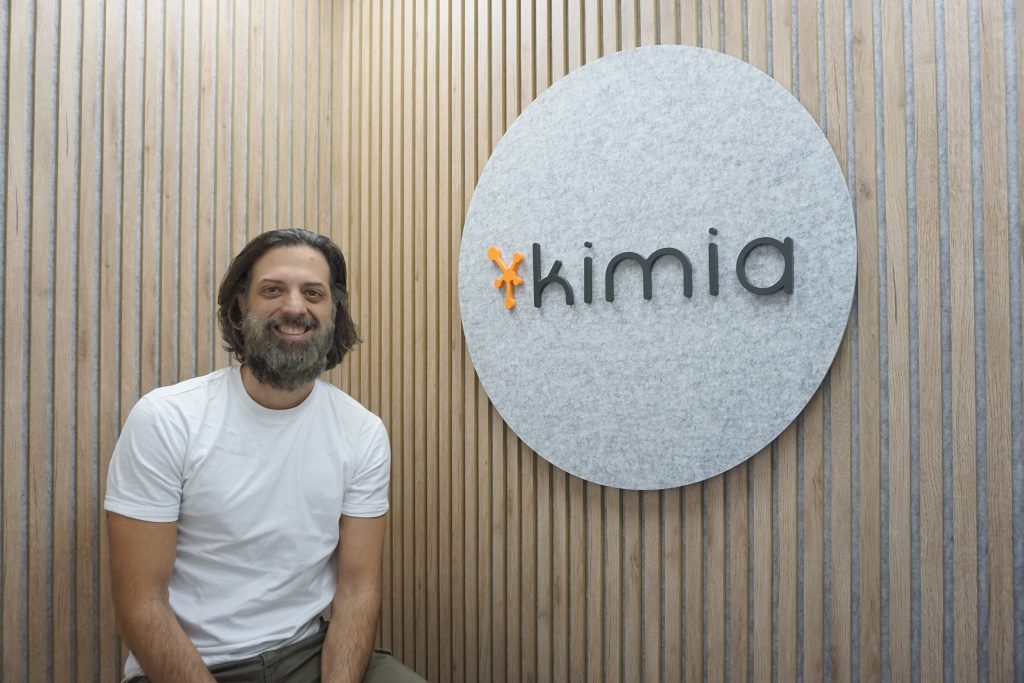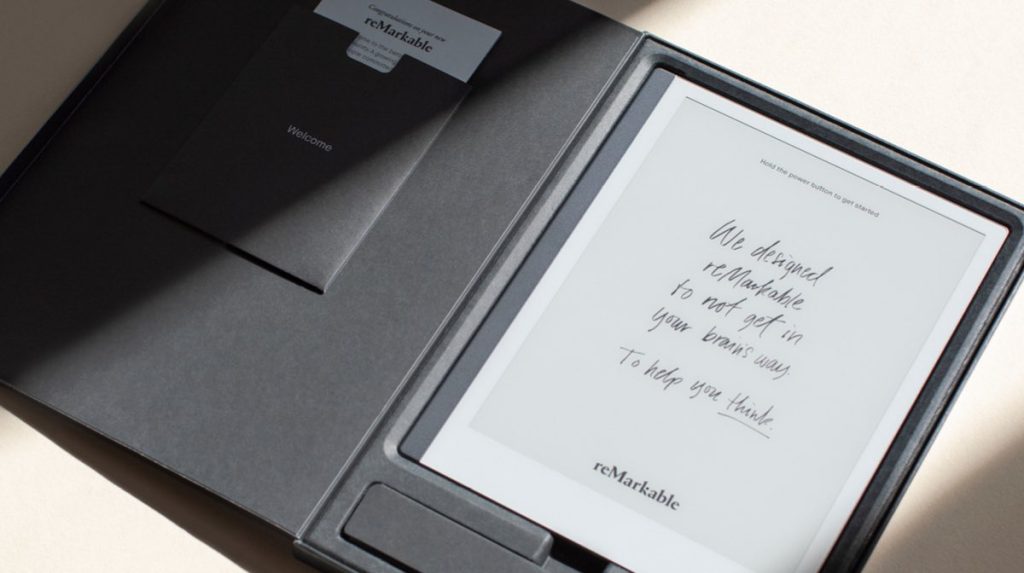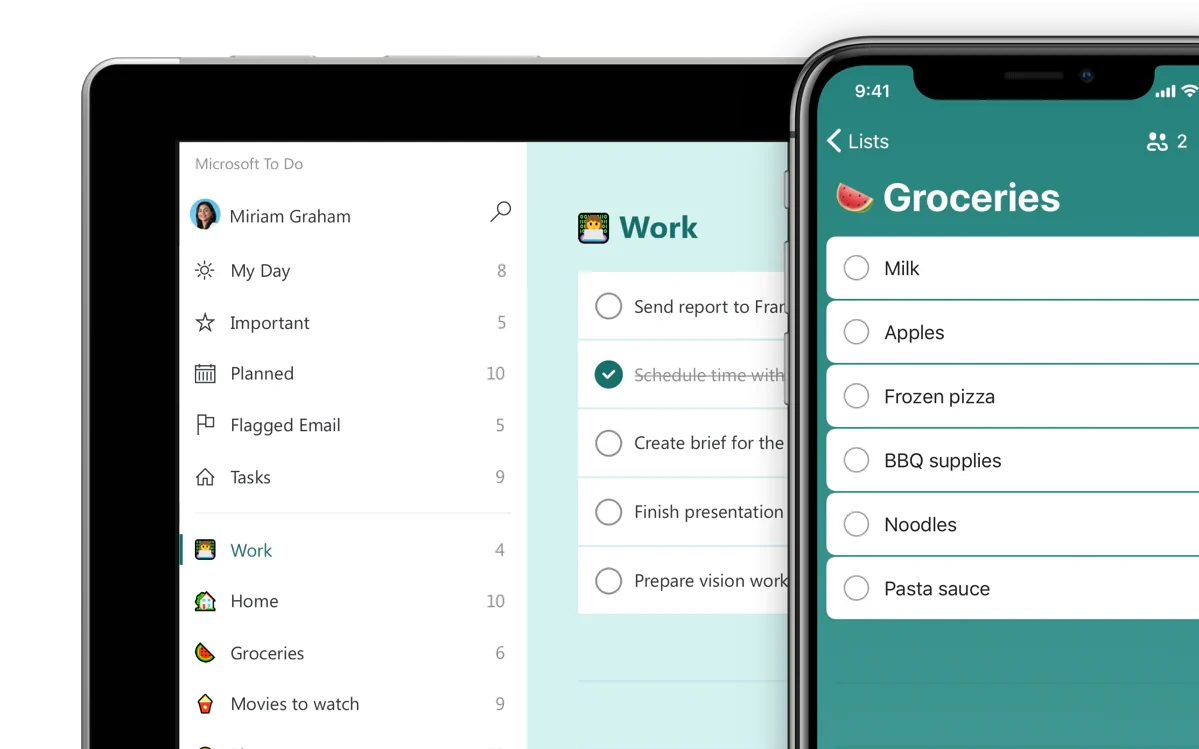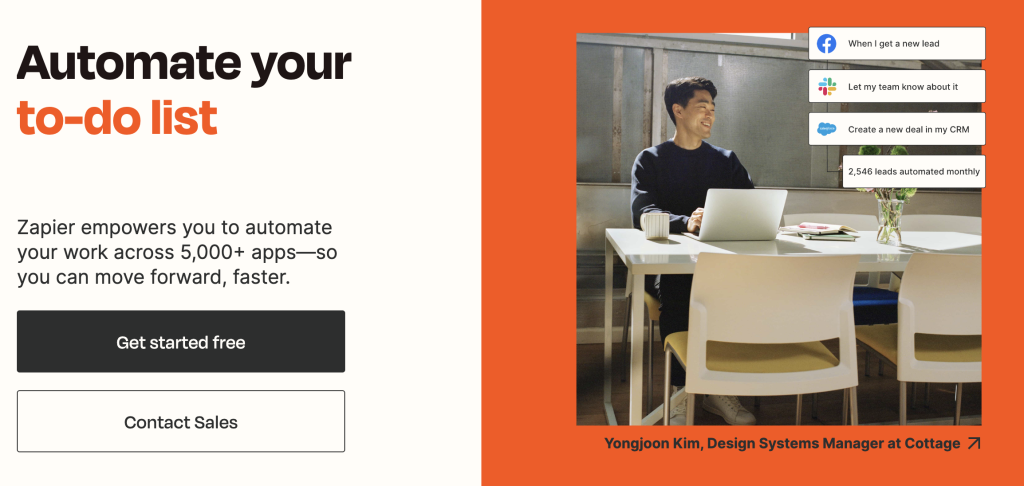
In the digital era of multitasking, having tools that make your life easier is essential. However, there are so many options out there, from free to paid, that picking one can be tough.
With that in mind, our Chief Innovation Officer, Carlos Molina, breaks it down for us: “Before picking a tool, you have to know what your goals are with those tools, and what purpose will they serve. So you’ll need one to take and store notes, and another to organize those notes – along with notifications you’ll receive through all the different communication apps you might have – and transform them into tasks”.
He recommended three of his favorite tools that he uses on a daily basis. But pondered, “no tool is ‘the best tool’. We each have our own that works for us. From experience, I have mine. But I know of people who do it all in a single notebook”.
1. reMarkable

Starting with a tool to take notes, Molina recommended his favorite note-taking tablet: reMarkable. It’s a tablet that feels like paper, similar to a Kindle, where you can take handwritten notes that are automatically transformed into digital files.
“The thing about taking notes is that it’s not about the actual tool you use, but the experience you have while taking them [that has to be similar to an actual notebook], and, for me, only a tablet can give me that. But you can take notes anywhere: on your computer or on your phone, or even on a notebook”, he highlighted.
2. Microsoft To Do

When it comes to organizing and managing tasks, Kimia’s CINO suggested Microsoft To Do, a cloud-based checklist, basically. There, you can add each and every task you have, and access them through any smart device – and it’s free to download and use.
You can create different To Do lists and organize yourself daily. According to Molina, it’s particularly satisfying and the app gives a sense of accomplishment since it’s very visual and “congratulates” the user when they finish all of the tasks in their list.
3. Zapier

When it comes to sorting through notifications and turning them into manageable tasks, Molina’s favorite tool is Zapier. It’s an automation app, to put it simply. The user can integrate all the apps they use for communicating at work: Slack, Facebook, Gmail, Twilio, Microsoft To Do, and many others (the tool supports more than 5000 apps).
Once the apps are selected, Zapier asks the user to add a trigger to what types of messages should be turned into tasks (since not every email or chat notification is relevant), then organizes them all.
Ultimately, this tool (free to download, but with paid resources) was designed to make your workflow run smoothly, saving up time, which is something Molina stressed is of great help.
He emphasized, however, that tools that work for some, don’t work for others, and that’s okay! The goal is to try out different options until you find what works best for you and to always have your notes up to date, at least.
“Taking notes is the most important part because it’s the very first step. Without it, you can’t determine what is relevant or not to become a task. I’d rather my team take notes during a meeting, then set the paper on fire because they’ve concluded those notes aren’t useful at that moment, than leave it empty-handed”, he concluded.